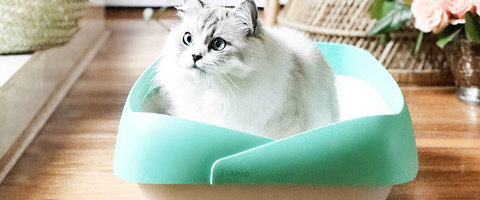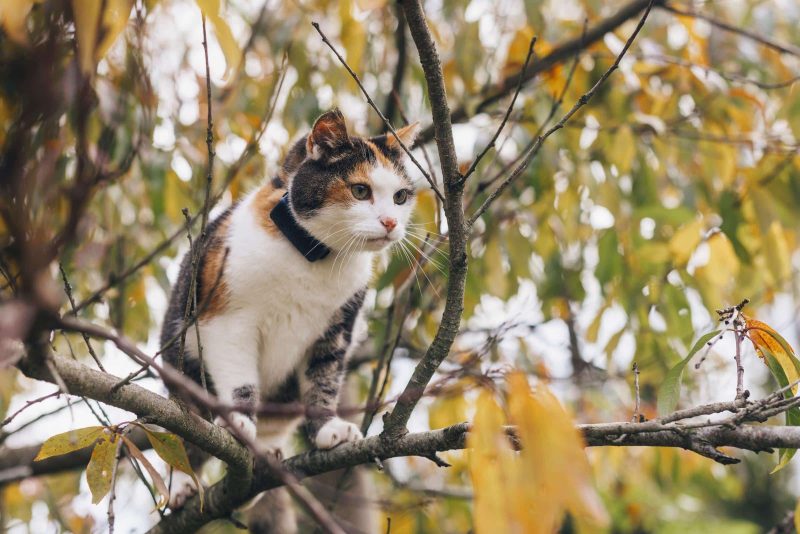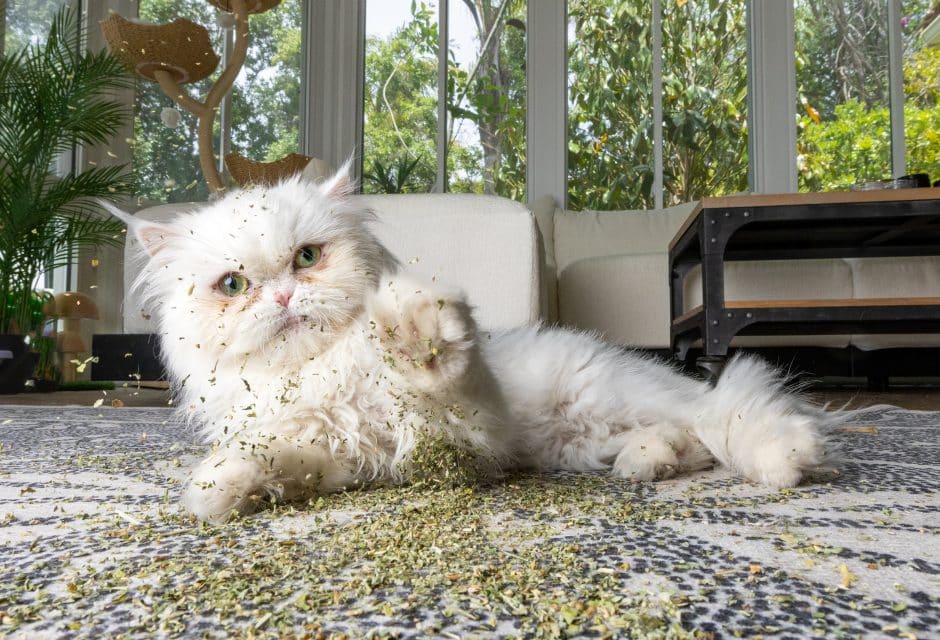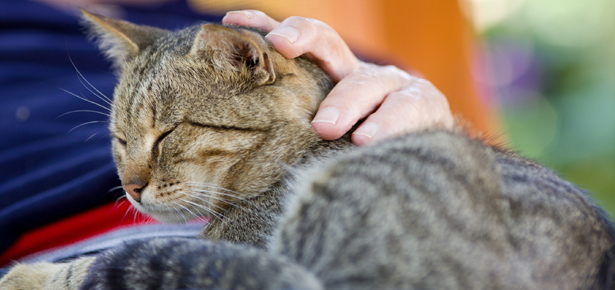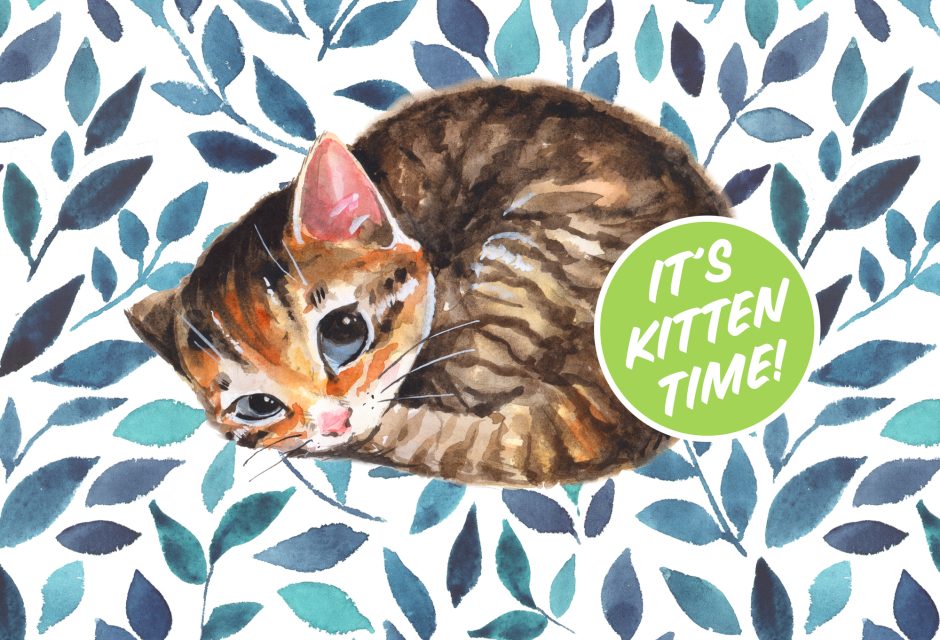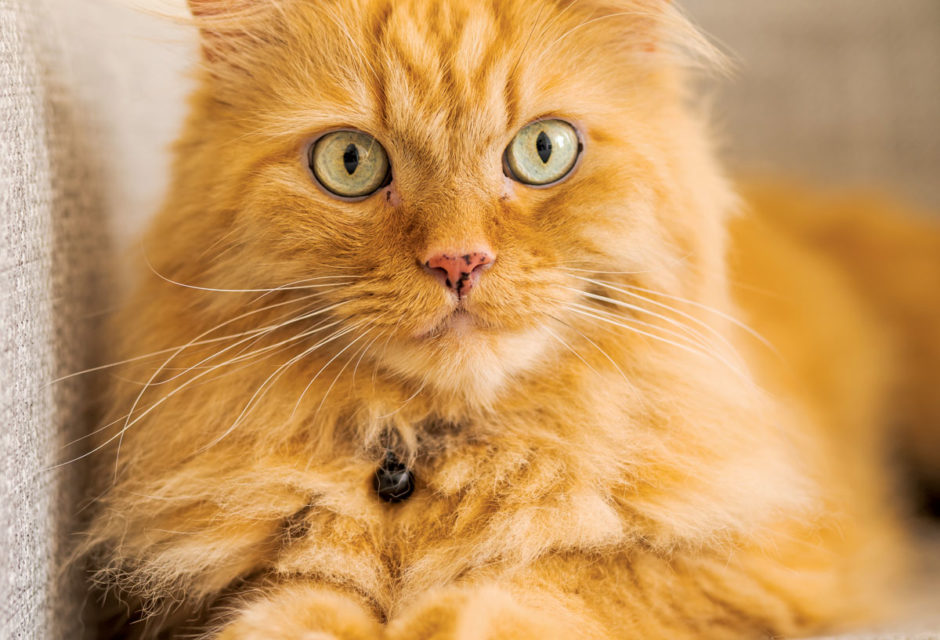

How to Care for Your Cat’s Teeth
Your cat is going to need those teeth for a long time!
A whopping 80 percent of cats and dogs will show signs of periodontal disease, including red and swollen gums, bad breath, pain, and tooth loss. Cats (along with small-breed dogs) are especially susceptible.
If left untreated, periodontal disease progresses to plaque build up, gum recession, loosened teeth, bad breath, inflammation, and bleeding of the gums, and, eventually, loss of teeth, oral infections, and even poor overall health. Yikes!
Bad breath is usually the first telltale sign
that your cat has underlying oral health issues, but you need to tackle more than just the funky breath! An easy to follow (easy is the key to success) oral health care regimen is extremely important for your cat’s long-term health and also reduces the likelihood of periodontal disease, discomfort for your cat, and costly teeth cleaning visits to the vet, which usually require general anesthetic.
In short, it’s time to commit to an action plan! We asked Bluestem, pet oral health care experts, for a routine that works. Here are their four steps to ensuring your cat has a healthy mouth and keeps those teeth!
Good oral care for cats is not that different than it is for people. We brush, rinse, and (hopefully) floss; the same multi-pronged approach works best for cats.
1. Mechanical
The single most effective mode for cleaning teeth is the mechanical action of direct contact. Brushing teeth using toothpaste formulated for cats (never use people toothpaste!) is the best defense. (Yes, you can brush your cat’s teeth. Adult cats can be more resistant, however, so, as the American Veterinary Medical Association notes, it’s a good idea to start in kittenhood using a finger cot or gauze and a toothpaste especially formulated for cats. While you’re at it, massage the gum area to keep them healthy. Gums should be pink, not red.) Specially designed dental chews and toys can also provide the mechanical abrasion to clean cats’ teeth.
2. Rinsing
Rinses complement the mechanical action of teeth cleaning by ensuring the whole mouth—teeth, tongue, gums, and palate—receives attention. Of course, cats and dogs can’t rinse and spit so an easy-to-use drinking water additive is an ideal choice. Gels and foams can also be used. The key is to choose a rinse that’s designed for pets and that has the right formulation to prevent and disperse biofilm, which is where the harmful bacteria associated with periodontal disease multiply.
3. Diet
Specialized cat food products are also available, usually in dry kibble form. These foods help clean teeth through chewing action. Try adding some dry kibble to your cat’s wet food or give him deboned raw meat to encourage him to chew.
4. Make It Routine
Just like caring for our own teeth is an everyday function, so it goes for cats and dogs. It’s important to select a routine that you, as a pet owner, can conveniently take care of every day. Accounting for the laziness factor is why daily use of an oral care rinse for cats in the form of an oral care water additive can be a great idea.
Join the newsletter and never miss out on cat content again!
"*" indicates required fields
By clicking the arrow, you agree to our web Terms of Use and Privacy & Cookie Policy. Easy unsubscribe links are provided in every email.





